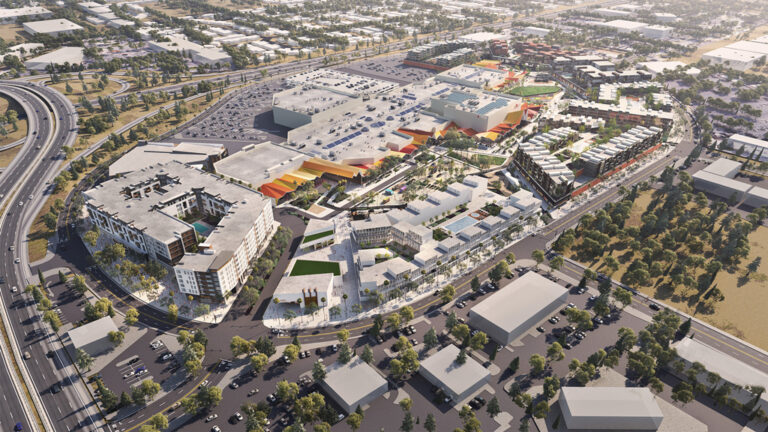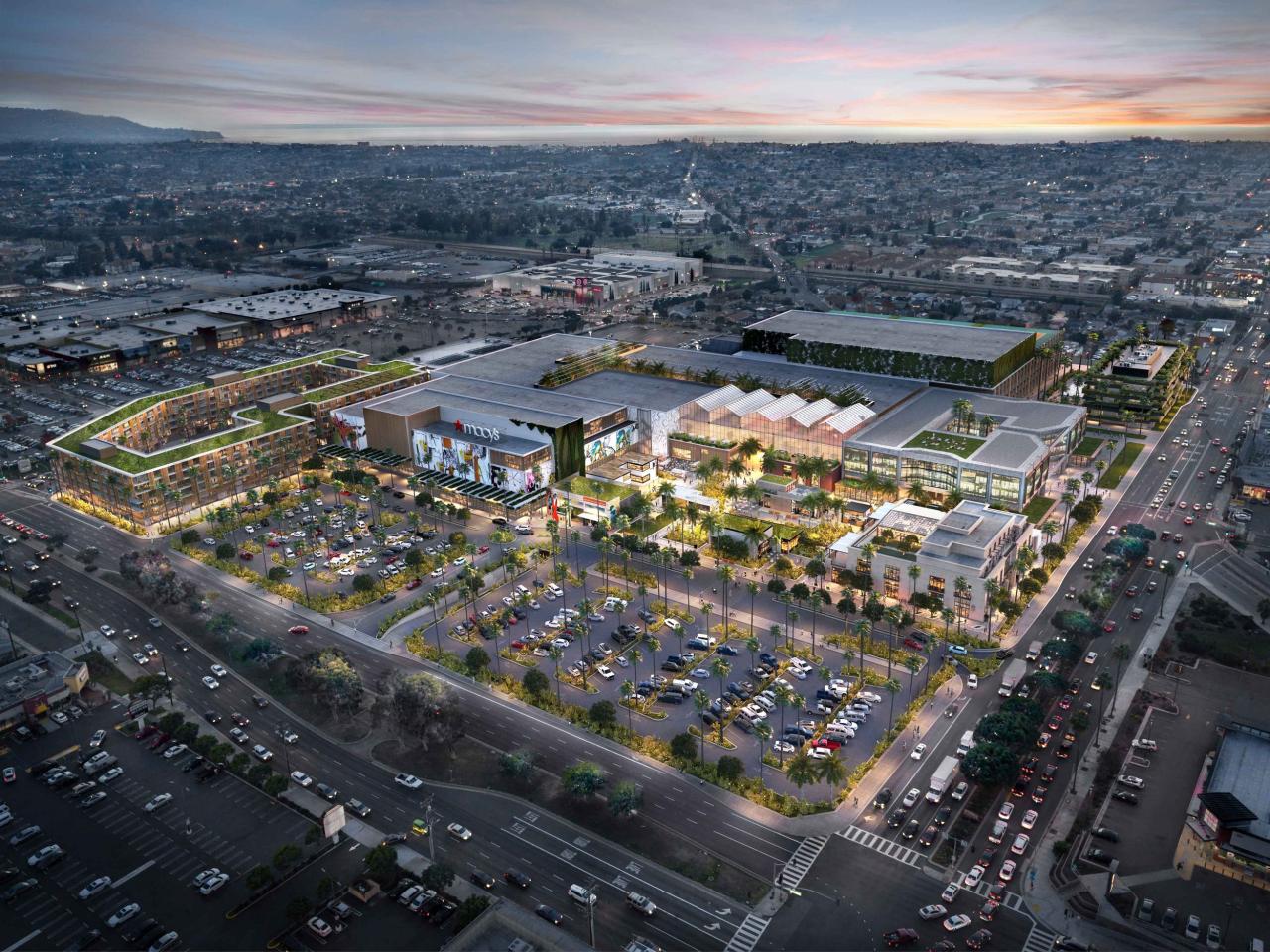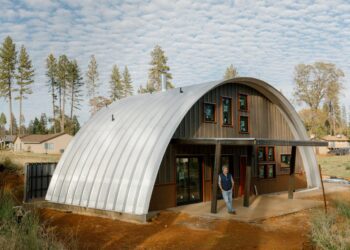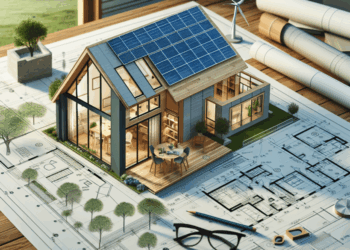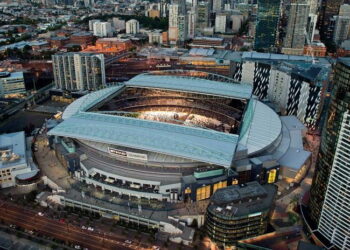Introduction: The $500 Billion Vacancy Crisis Opportunity
Retail malls face 25% global vacancy rates, yet visionary developers are transforming dead spaces into profitable mixed-use hubs generating 12% annual returns. With 47% of traditional anchors bankrupt by 2027 (Cushman & Wakefield), this 2,500-word exposé reveals how AI leasing, experiential pivots, and community activation strategies resurrect dying properties—turning vacancy costs into 300% ROI engines.
The Retail Apocalypse: By the Numbers
Data demanding radical reinvention:
-
Vacancy Costs: Empty spaces drain $150/sqft annually in maintenance/taxes
-
Consumer Shift: 68% prefer “experiential destinations” over traditional shopping (McKinsey)
-
Adaptive Value: Repurposed malls achieve $450/sqft premiums over retail-only
-
Regulatory Catalysts: 31 US cities fast-track zoning for mall conversions
Four Pillars of Mall Reinvention
A. Mixed-Use Ecosystem Engineering
Beyond retail: revenue diversification:
-
Residential Infill:
-
Luxury apartments in former department stores ($3.50/sqft rents)
-
Case: Providence Place (RI) added 300 units boosting footfall 40%
-
-
Last-Mile Logistics Hubs:
-
Dark stores fulfilling 15-minute deliveries (12% cap rate)
-
Secret: Upper-level vacancies ideal for robotic micro-fulfillment
-
-
Medical Malls:
-
Urgent care + specialty clinics generating 18% longer visits
-
B. Experiential Dominance Strategies
Monetizing dwell time:
-
Immersive Entertainment:
-
A. VR arenas with $45/hour premium pods
-
B. Kinetic art installations (teamLab collaborations)
-
C. Esports stadiums hosting $100k tournaments
-
-
Education Ecosystems:
-
Coding academies + maker spaces (24% occupancy premiums)
-
-
Wellness Integration:
-
Cryotherapy lounges + IV hydration bars ($85/session)
-
C. Technology Resurrection Tools
AI-driven vacancy killers:
-
Predictive Leasing Platforms:
-
Algorithmic tenant matching (e.g., SiteZeus reduces vacancies 30%)
-
-
Frictionless Commerce:
-
Scan-and-go systems + cashierless stores
-
-
Holographic Tenants:
-
AR pop-ups paying $10/sqft for virtual footprints
-
D. Community Activation Engines
Building civic relevance:
-
Incubator Hubs:
-
Rent-free zones for local artisans (7% revenue share)
-
-
Urban Farming:
-
Hydroponic farms supplying onsite restaurants
-
-
Micro-Event Venues:
-
Pop-up weddings in former jewelry stores ($15k/event)
-
Financial Reinvention Models
| Strategy | CapEx/SqFt | Revenue Lift | ROI Timeline |
|---|---|---|---|
| Residential Conversion | $180 | $22.50/sqft rent | 4.1 years |
| Logistics Hub | $95 | $14.20/sqft lease | 2.3 years |
| Experiential Anchor | $310 | $58/sqft gross sales | 5.7 years |
| Tech Overhaul | $45 | 19% NOI boost | 11 months |
Global Case Studies
A. Mall of America 3.0 (Minnesota)
-
Transformations:
-
A. Nickelodeon Universe theme park (5M annual visitors)
-
B. FlyOver USA immersive ride ($39/ticket)
-
C. Medical office cluster
-
-
Results:
-
99% occupancy
-
$1,900/sqft sales in experiential zones
-
B. The Paradise (Seoul)
-
Tech Resurrection:
-
A. AI concierges predicting shopper preferences
-
B. Robot food delivery to parking spots
-
C. NFT loyalty program
-
-
Metrics:
-
70% tenant renewal rate
-
22% higher spend per visit
-
C. Westfield Century City (LA)
-
Luxury Pivot:
-
A. By-appointment private shopping suites
-
B. Champagne concierge service
-
C. Tesla test drive track
-
-
Financials:
-
$1,250/sqft sales (vs. $450 pre-pivot)
-
140% rent premiums
-
Implementation Roadmap
A. Phase 1: Vacancy Autopsy (30-60 Days)
-
Footfall Heat Mapping: Tracking remaining traffic patterns
-
Stakeholder Ecosystem Audit: Identifying community needs
-
Zoning Opportunity Scan: Unlocking hidden use permissions
B. Phase 2: Revenue Stack Design
Optimal tenant mix formula:
Experiential (40%) + Essential (30%) + Community (20%) + Tech (10%)
-
Experiential: Escape rooms, theaters, climbing gyms
-
Essential: Grocers, pharmacies, childcare
-
Community: Libraries, coworking, voting centers
-
Tech: Hologram studios, drone demo zones
C. Phase 3: Phased Reactivation
-
Pop-Up Test Labs: 90-day micro-leases validating concepts
-
Modular Build-Outs: Prefab units avoiding permanent construction
-
Revenue-Share Models: De-risking for local entrepreneurs
Financing Toolkit
| Source | Typical Terms | Best For |
|---|---|---|
| OPPORTUNITY ZONE FUNDS | 10% tax deferral + basis step-up | Mixed-use conversions |
| EB-5 CAPITAL | $900k at 0% interest for job creation | Large-scale redevelopments |
| C-PACE FINANCING | 20-year terms at 5% fixed | Green retrofits |
| REIT SPIN-OFFS | Sale-leaseback with development rights | Experiential anchors |
Future-Proofing Trends (2025-2030)
-
AI Landlords: Autonomous leasing agents negotiating 24/7
-
Volumetric Retail: Holographic stores requiring zero physical space
-
Climate Havens: AC-equipped community shelters
-
Multi-Reality Malls: Physical/digital hybrid shopping
Conclusion: The Post-Retail Destination Economy
Mall vacancies aren’t obituaries—they’re blueprints for community wealth engines. By replacing extinct retailers with residential density, automated logistics, and dopamine-driven experiences, developers unlock revenues that dwarf traditional retail. The revolution’s secret? Dead malls are real estate’s greatest value-play.
Tags: Mall Revitalization, Retail Transformation, Mixed-Use Development, Commercial Real Estate, Adaptive Reuse, Experiential Retail, Vacancy Solutions, Property Reinvention, Urban Regeneration, Retail Innovation

